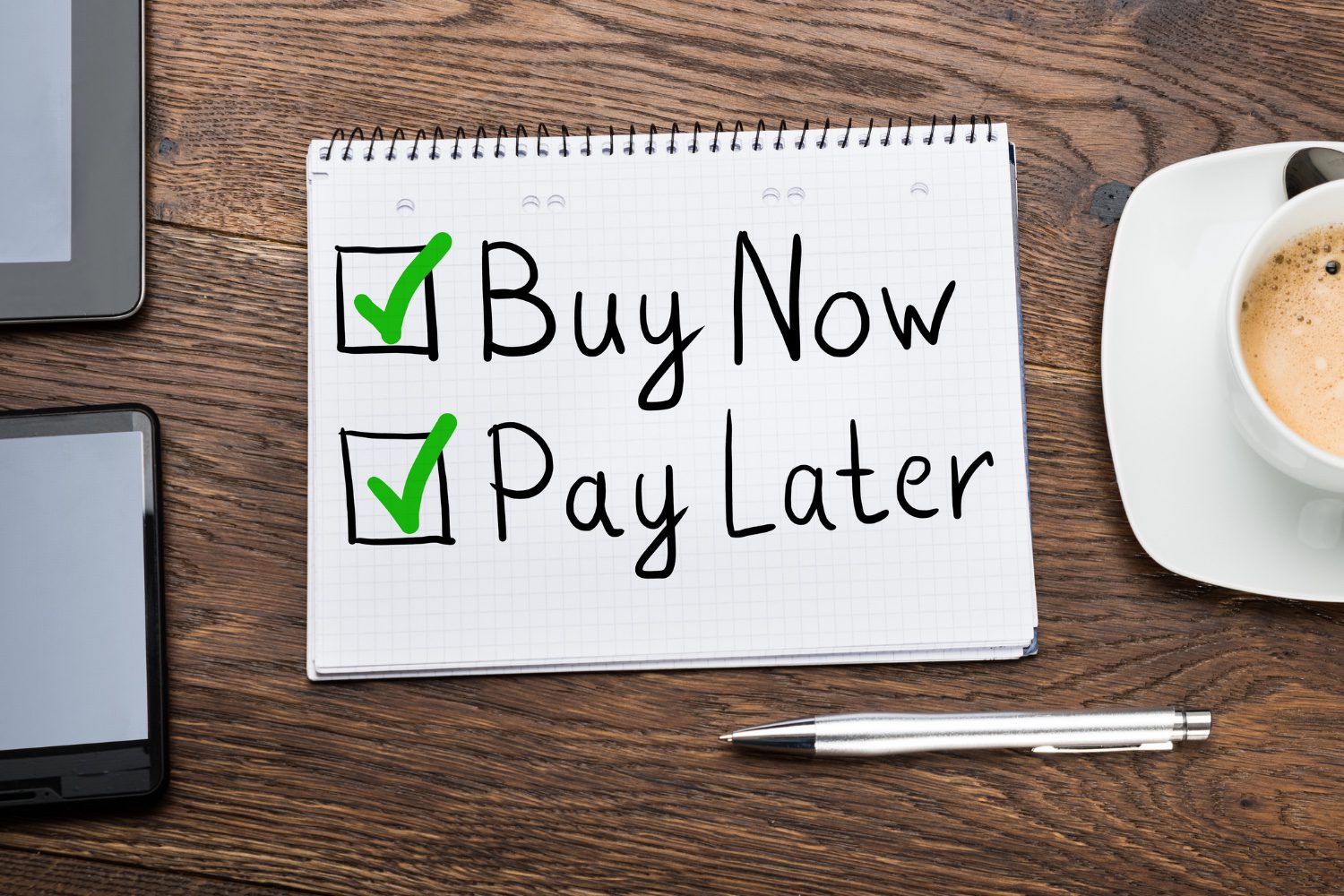By Barbara O’Neill, Ph.D., CFP®
OneOp recently held a webinar about Buy Now, Pay Later (BNPL) services. The webinar described how BNPL works, user demographics, connections between BNPL and laws that protect service members from high-cost loans, and implications for military consumers.
Below is a summary of five key “nuggets” about Buy Now Pay Later Services that Personal Financial Managers (PFMs) need to know:
- BNPL Definition. Buy Now, Pay Later is the term used to describe short-term installment loans to purchase retail products or services. It is enabled by fintech apps that give consumers the option, during the checkout process, of splitting up a purchase into a small number of (typically 4) equal payments. The first payment is made at checkout and remaining payments are charged to a credit or debit card at two week intervals.
- BNPL Costs. There is typically no interest or fees charged for BNPL transactions unless payments are late. Late fees are usually less than $10 and capped at a percentage of the value of the transaction. Some BNPL plans charge interest, however, so consumers must “read the fine print.” Most BNPL vendors earn revenue primarily from merchant fees charged to vendors that consumers buy from.
- Layaway Differences. Some people confuse BNPL with old-fashioned retail store layaway plans that have been around for decades but there are key differences. First, with layaway, a store holds a consumer’s purchase until the final payment is made. With BNPL, consumers get the product or service immediately. Second, BNPL is available for a wider variety of transactions beyond one retail store’s products.
- BNPL History. BNPL first became popular in Australia in the mid-2010s. Unlike other loans, there is minimal credit underwriting for a consumer’s ability to repay. In the United States, BNPL use grew exponentially over the past three years. There was $3 billion of BNPL transactions in 2019, $55 billion in 2021, and an expected $114 billion in 2024. To date, BNPL has been used mostly for discretionary purchases (e.g., clothing) versus essentials such as food.
- BNPL User Data. Recent data indicate that almost half (47%) of Americans have used BNPL at least once in the last 12 months. Average transaction size is $125 and average annual BNPL spending is $1,000. The most commonly cited reasons for using BNPL were to avoid incurring credit card interest (47%) and buying things that would, otherwise, not fit in a user’s budget (46%).
Copies of the BNPL webinar slides and an archive of the recorded video are available on the event page.
Photo by AndreyPopov from Getty Images, via Canva













